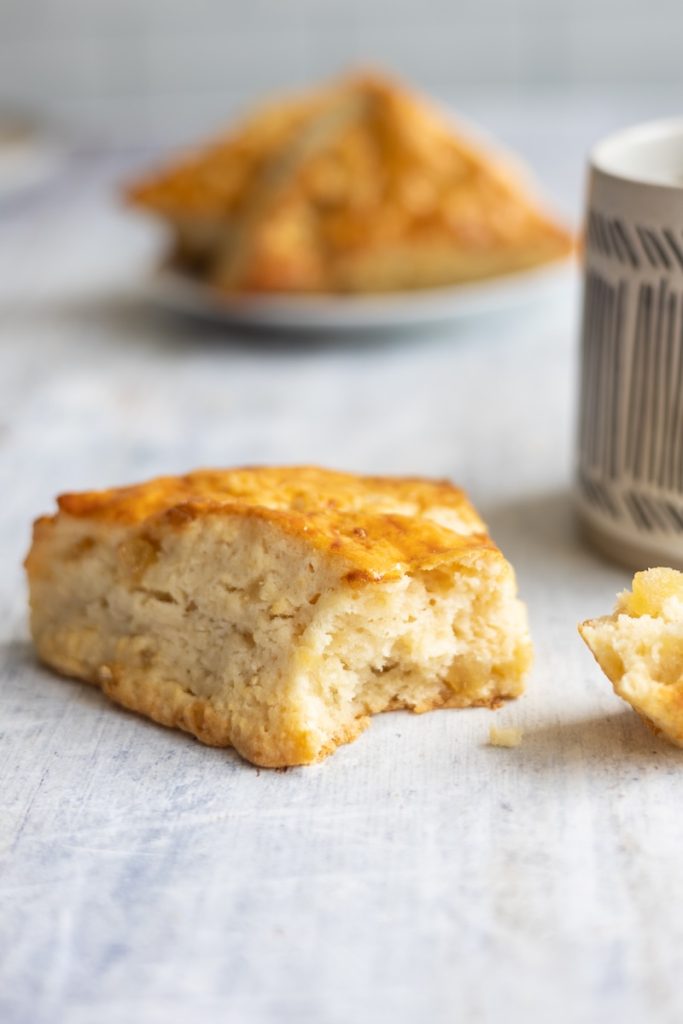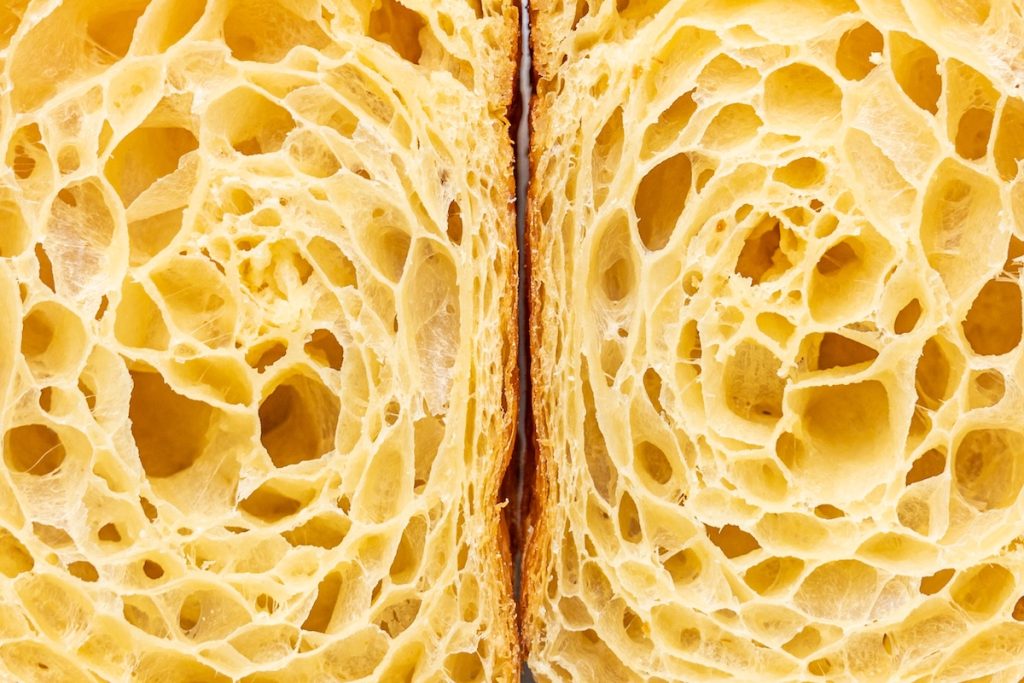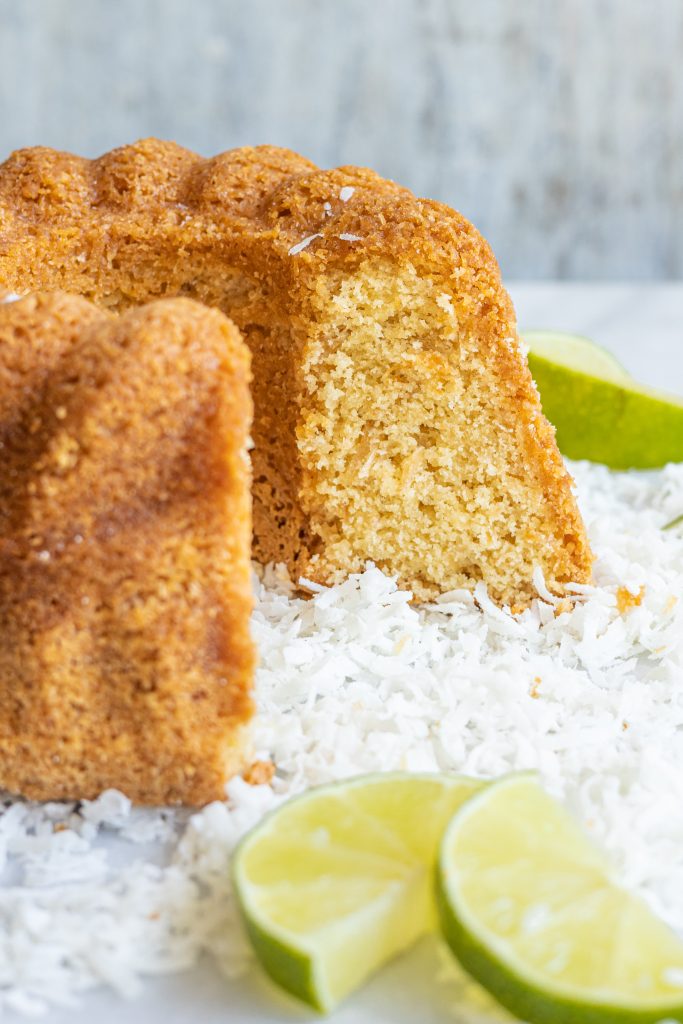Ginger Scones Get Better Still with Cultured Butter

Vermont Creamery helps us take Bakehouse classics to the next level
While they may not get the attention that goes to our corned beef, coffee cakes, artisan cheese, or fried chicken, or Miss Kim’s traditional Korean cooking, I have long believed that the Bakehouse’s Ginger Scones are, by far, one of the best things we make!
In the fall of 2007, journalist and friend Corby Kummer warned in The Atlantic:
Scones are among the pastry family’s most frequently abused members. Even in England, which you might think would be the home of the tenderest and best, the average scone is a dense and powdery affair, with only a few sad raisins to relieve the monotony.
If what Corby was warning about was at one end of the scone continuum, what the Bakehouse bakers craft is at the other—exceptional, creamy, buttery, gingery, light, cakey culinary marvels!
The Ginger Scones have been great ever since we started making them many years ago. And this month, like the Cultured Butter Croissants I wrote about last week, they just got even better when we began making them with the exceptional Cultured Butter from the good folks at Vermont Creamery. By coincidence—or actually not—Corby Kummer also mentioned that self-same cultured butter:
Allison Hooper, [Vermont Creamery] co-founder, also makes an excellent cultured butter—meaning butter with actual flavor—that would be great over hot scones.
Or, as we have discovered over the last couple of weeks, in the scones as well as on them!
Six months after his scone piece came out, Corby did a full feature in The Atlantic on butter, in which he sang the praises of cultured butter.
Only culture can bring lasting greatness. I mean bacterial culture. Bacteria give butter a rounded, full flavor—they “mature” cream, so that the butter-maker churns the equivalent of the French crème fraîche, or very lightly soured cream. The subtle, milky, barely tangy flavor heightens butter’s natural sweetness and gives cultured butter far more interest than sweet-cream butter ever has.
Before industrialization, farmhouse butter was almost always made with matured cream. While the cream was stored until there was enough to churn and the time to churn it, it naturally developed flavor from bacteria in the air. Sweet-cream butter is largely a postwar phenomenon, a result of the rise of industrial dairies, which can churn cream as soon as it is separated from milk.
If you like the Ginger Scones (or the Bakehouse’s Currant or Lemon Scones), the background and the recipe are in the marvelous Zingerman’s Bakehouse cookbook that managing partners Amy Emberling and Frank Carollo co-authored. Since the book came out, Frank has retired, and longtime manager Jaison Restrick has become a partner, but the recipes haven’t changed other than the butter upgrade. As Amy explains in the sidebar to the recipe in the book, scones come from an ancient Scottish culinary tradition. They were originally baked on griddles—or as they say in old Scots, “girdles”—and have nearly five centuries of history behind them. Back in the day, oats and barley were likely used more often than wheat, but really, any grain one had could and would be made into a scone. Gradually, scones traveled south and gained a good deal of popularity in England in the early 20th century.
The Bakehouse Ginger Scones are made, as Frank always would say, with “just enough flour to hold the butter and heavy cream together.” We spike the dough with spicy cubes of crystallized ginger from the South Pacific. Dipped first into sugar syrup, then dusted with coarse sugar crystals, the ginger pieces add a delicate bit of crunch when you bite into one. Seriously—if you’re coming by for one at the Bakeshop, Next Door, the Roadhouse, or the Coffee Company, you might want to grab a second. One to nibble in the moment, the other for later, when you start thinking about how darned delicious the first one was!



